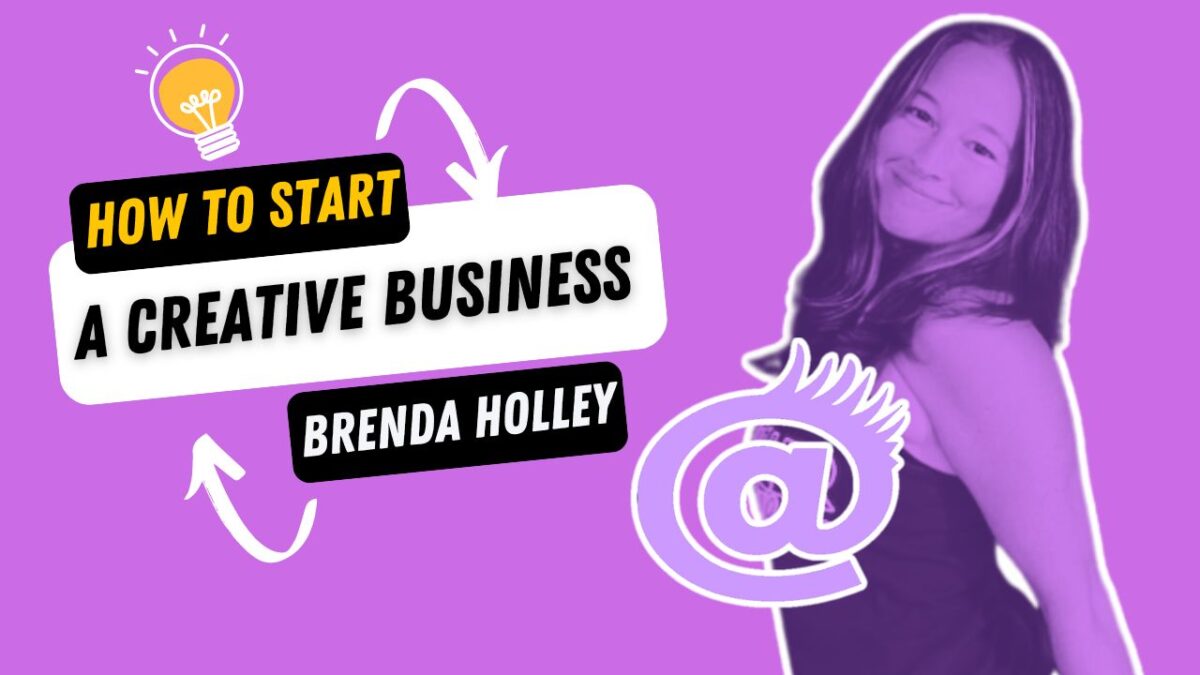Taking the leap into freelancing or self-employment requires courage, persistence, and a solid plan. With the right mindset, skills, and strategies, you can successfully navigate the challenges and build a thriving creative business.
The Question To Get Your Started.
- Define your niche: Identify your unique skills and strengths as a creative and determine the specific area or industry in which you want to specialize. This will help you stand out from the competition and attract your ideal clients.
- Build your portfolio: Create a strong portfolio that showcases your best work and demonstrates your expertise. Include a variety of projects that highlight your range of skills and abilities. A well-curated portfolio will help you impress potential clients and win new business.
- Network and collaborate: Connect with other creatives, freelancers, and small business owners in your industry. Attend networking events, join online communities, and reach out to professionals for collaborations and partnerships. Building a strong network will not only provide support and guidance but also open doors to new opportunities.
- Develop a business plan: Outline your business goals, target market, pricing structure, and marketing strategies in a detailed business plan. This will help you stay focused, organized, and prepared for the challenges of freelancing or running a small creative business.
- Embrace continuous learning: The creative industry is constantly evolving, so it’s crucial to stay updated with the latest trends, tools, and techniques. Invest in your professional development by attending workshops, taking online courses, and staying curious. Continuous learning will keep your skills sharp and enable you to offer innovative solutions to your clients.
Creating Packages: A Guide for New Creatives to Streamline the Sales Process
As a new creative venturing into freelancing or self-employment, one of the challenges you may encounter is guiding clients who are unsure about their specific creative needs. While clients may recognize they need creative work, they often struggle to articulate the exact requirements. Creating well-defined packages can be a game-changer in simplifying the sales process and helping clients understand and choose the right services for their needs. In this blog post, we’ll explore the benefits of creating packages and provide tips on how to develop them effectively.
- Understanding the Benefits of Creating Packages:
- Clarity for clients: Packages provide a clear outline of the services you offer, making it easier for clients to understand what they can expect from you. This clarity helps them make informed decisions and increases their confidence in your abilities.
- Streamlined sales process: When clients have predefined options to choose from, it streamlines the sales process by reducing back-and-forth discussions and negotiations. Packages serve as a starting point for conversations, allowing you to focus on customizing solutions rather than starting from scratch.
- Efficient pricing and time management: By bundling your services into packages, you can establish standardized pricing structures that are easy to communicate to clients. This saves time on individual price negotiations and enables you to manage your workload more effectively.
- Tips for Creating Effective Packages:
- Identify common client needs: Analyze the needs and pain points of your target audience. What are the most common services they require? Understanding these patterns will help you create packages that cater to their specific needs.
- Offer tiered options: Create packages at different price points and levels of service. This provides clients with choices and allows them to select the package that aligns best with their budget and requirements. Consider offering a basic, standard, and premium package to accommodate varying client preferences.
- Clearly define what’s included: Clearly outline the services and deliverables included in each package. This ensures transparency and manages client expectations. Be specific about the number of revisions, turnaround times, and any additional perks or bonuses.
- Provide add-on options: In addition to the core packages, offer add-on services that clients can choose to enhance their package further. This allows for customization and provides an opportunity to upsell additional services.
- Communicate the value: Clearly communicate the value and benefits clients will receive from each package. Highlight how your services can solve their problems, achieve their goals, or enhance their brand. Use persuasive language to convey the value proposition effectively.
Creating packages is an excellent strategy for new creatives to streamline the sales process and guide clients who may not have a clear understanding of their creative needs. By offering well-defined packages, you provide clarity, simplify decision-making, and establish a solid foundation for successful client relationships. Remember to regularly evaluate and update your packages based on market trends and client feedback. With this approach, you’ll not only enhance your sales process but also position yourself as a professional who understands and caters to the unique needs of your clients.
If you are looking for a Freelancing Coach contact us to get started.

